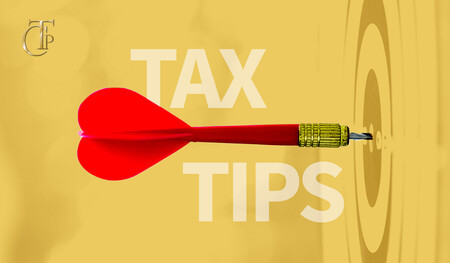
This may seem simple and obvious, but often when examining one activity, we find that it’s really made up of different streams of revenue. Consider a small business of any structure (sole proprietorship, S-Corp, etc.) All business income is deposited in the same bank account. But in reality, that income has a number of different sources.
A chiropractor’s business, for example, receives income from a variety of different sources. The business certainly collects income from patient visits, but the chiropractor also may have a massage therapist in their office who charges for massages. The chiropractor might also earn income from physical therapy or sell retail products (stretchy bands, balls, devices) so patients can repeat exercises at home. The business might sell supplements or run a concierge program offering unlimited visits for an on-going monthly fee.
Each one of these revenue streams could be classified as a different activity. But if the taxpayer doesn’t make a distinction between them, the IRS will lump them all together. When it comes to defining an activity, the taxpayer really has all the power to define each activity.
So how do you classify each activity as either passive or non-passive? For each activity, ask a simple question. Was there material participation in that activity? If I want to classify an activity as passive, how can I prove that I did not have material participation?
It is as simple as that. First, split out and define an activity. Then, offer evidence that there was not material participation. Any time you can follow that two-step process, you’ve just re-classified non-passive income into passive income. Among other benefits, this is a tactic to save self-employment tax.
Let’s say you’ve got an LLC that’s being taxed as a partnership. That pass-through income is subject to self-employment tax, unless it can be reclassified. If the chiropractor is not the one giving the massage, then you can likely demonstrate a lack of material participation. Now you’ve got an activity that was once taxed at ordinary income tax rates and is now taxed in a different way.
Since passive income is not subject to self-employment tax, reclassifying income is a way of getting an instant 15.3% tax savings. Doing this requires a proactive versus a compliance mindset. We’re not asking whether our client materially participated in that S-Corp as a whole. We’re arguing that it isn’t appropriate to have a business that’s actually a collection of revenue streams defined as a single activity.
This analysis and planning is what we get paid to do. We’ve got a lot of flexibility here. In summary, this is about beating the IRS to the punch and proactively defining each activity. Next week, we will dig in a little further to the rules regarding material participation.







